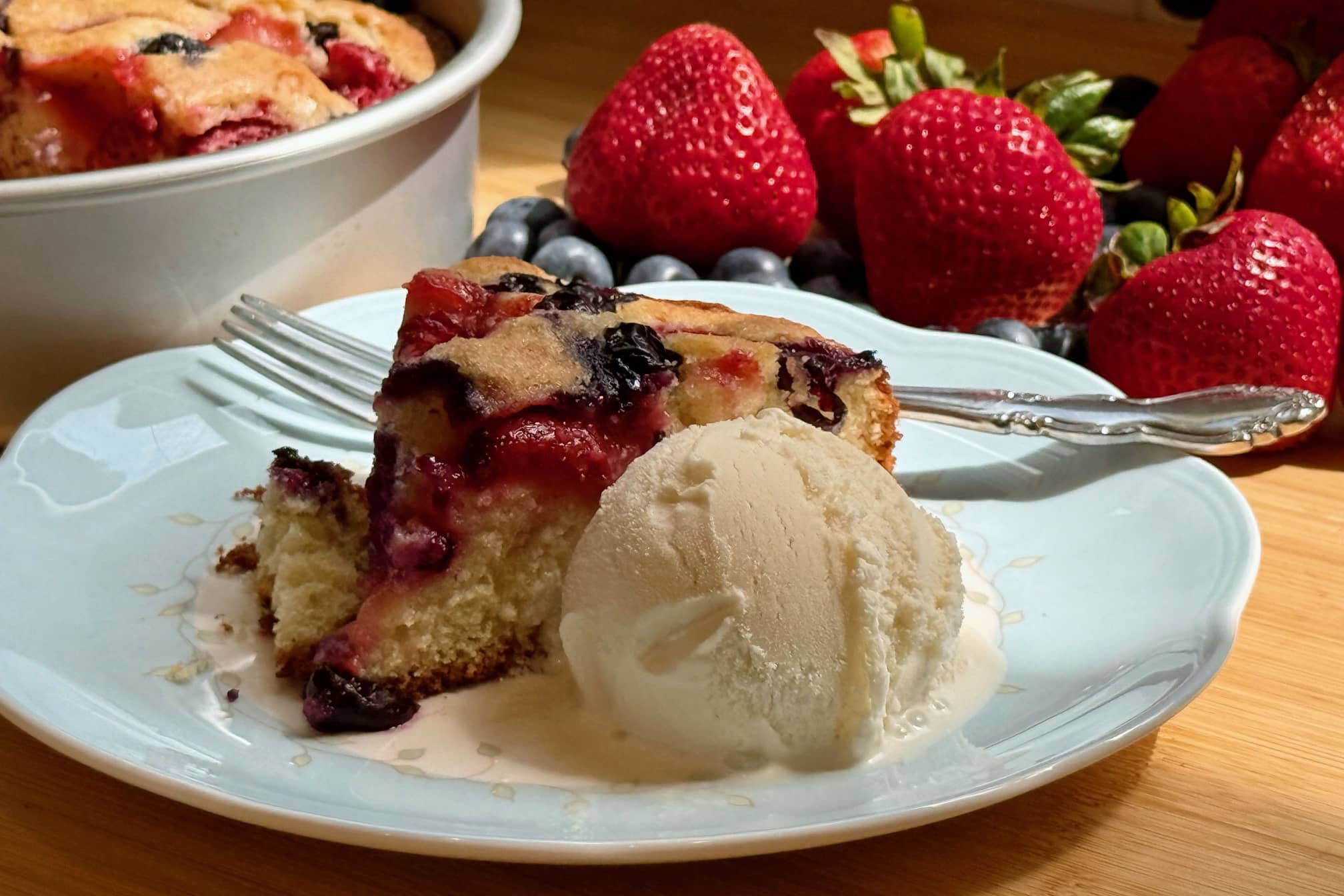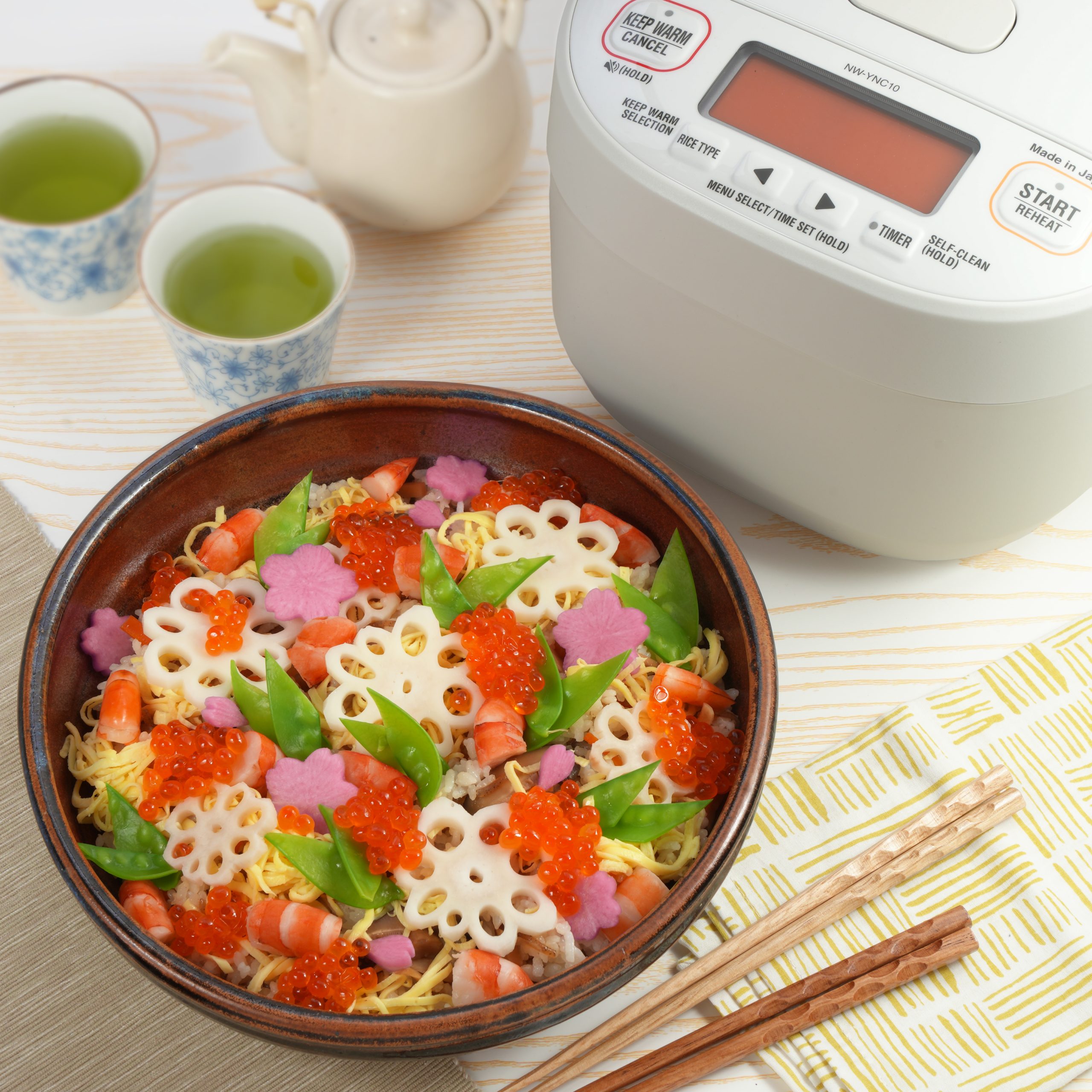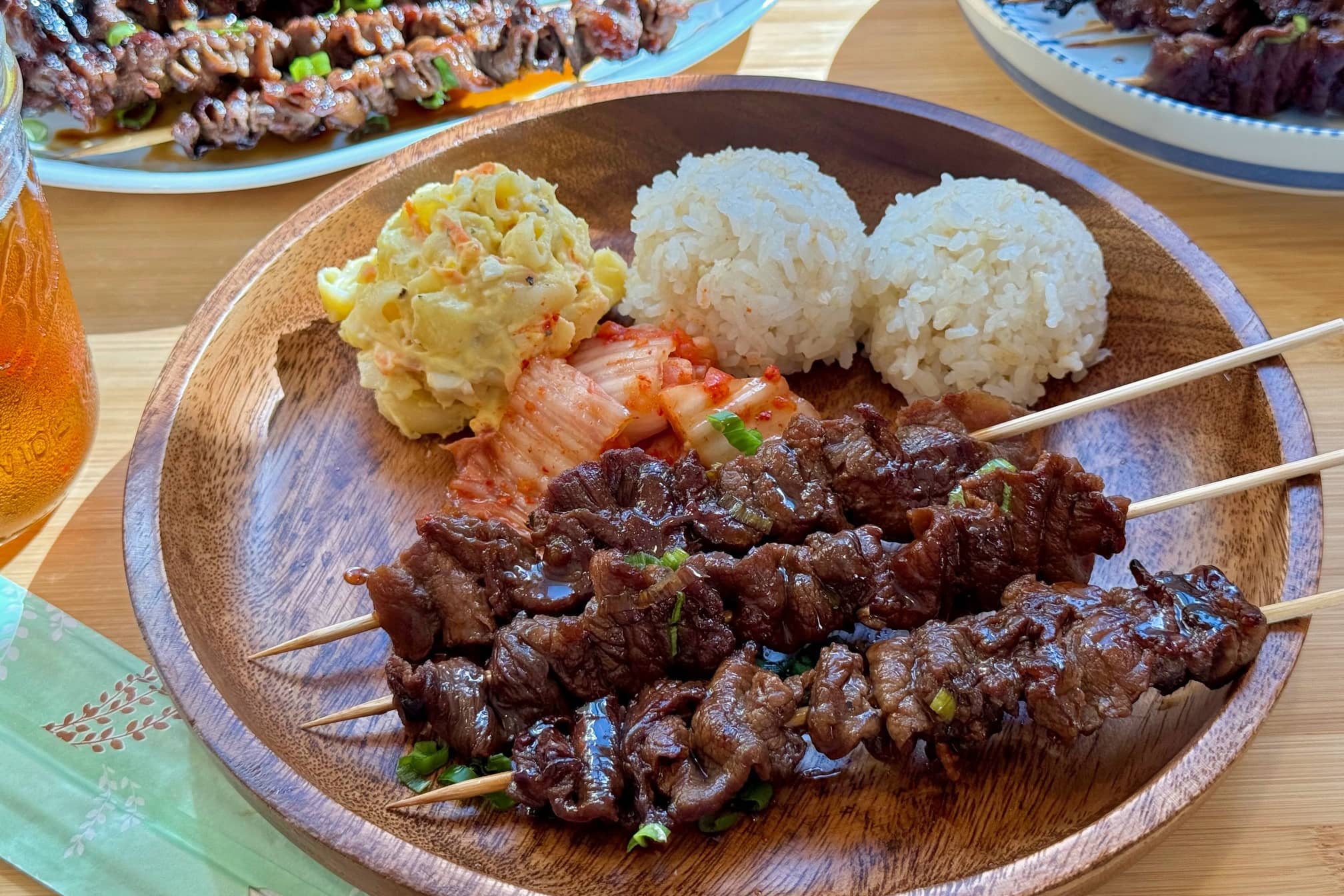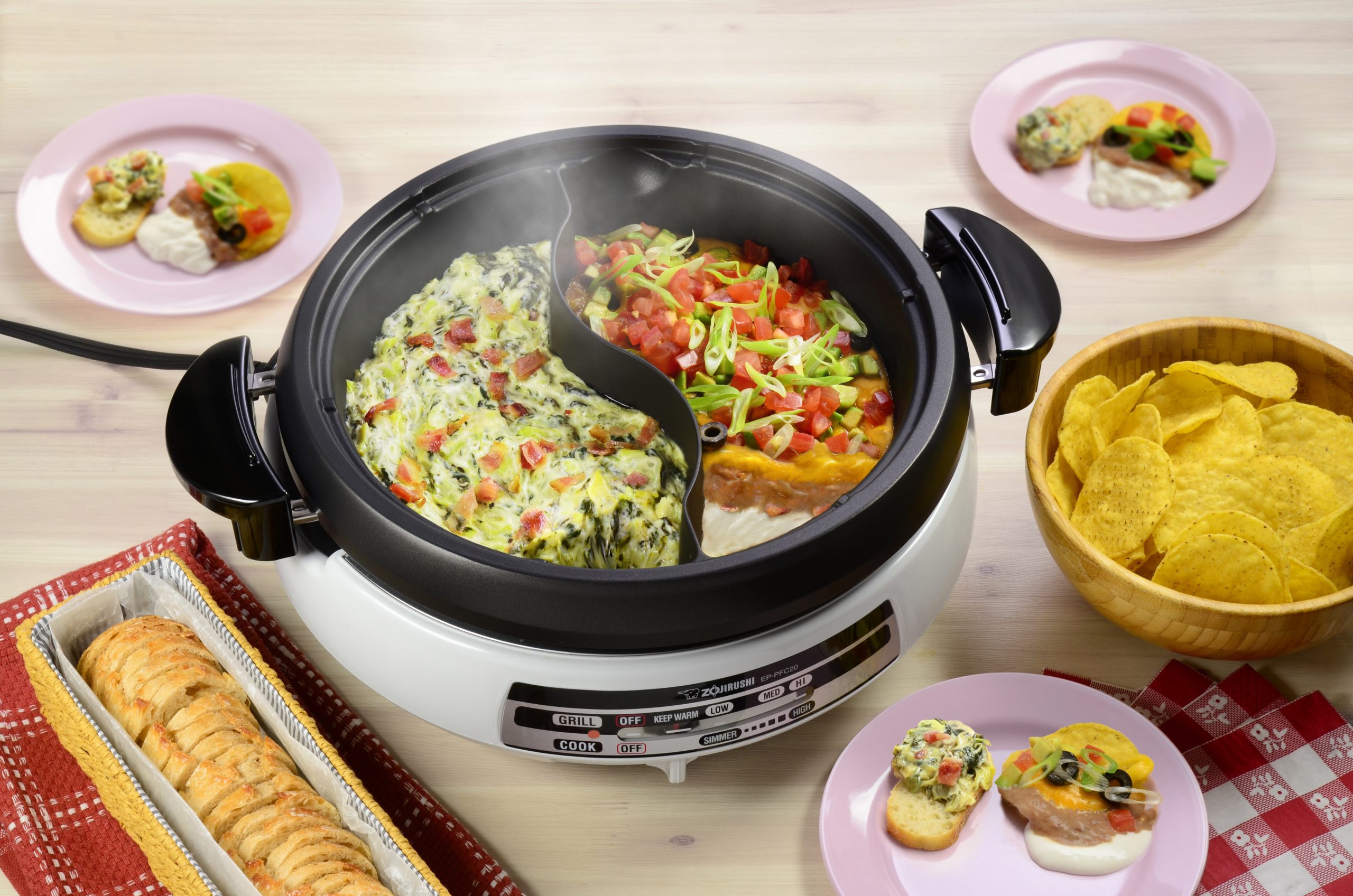Tag: Zojirushi
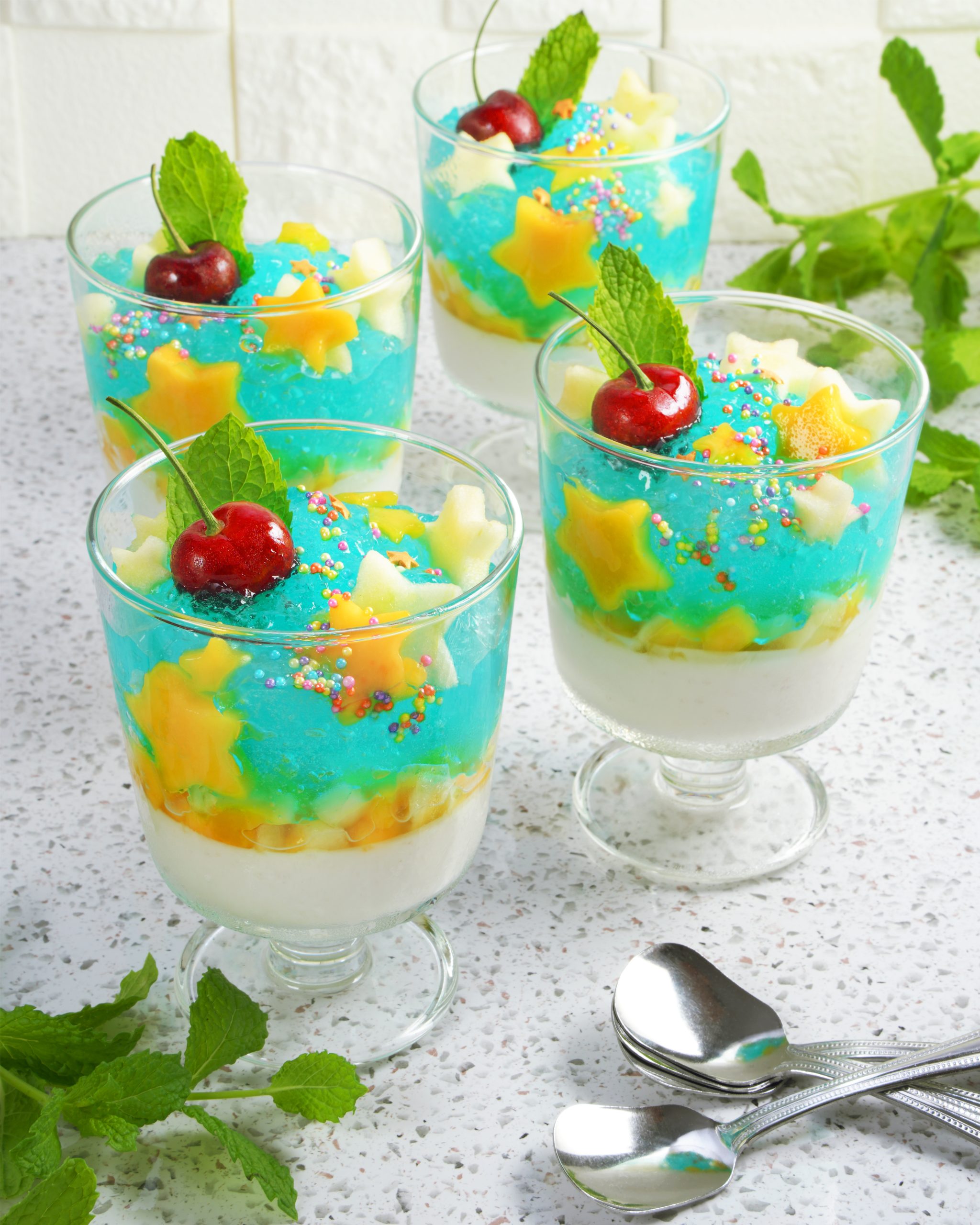
Celebrate Tanabata: A Summer Festival of Tradition, Food, and Family
Read more: Celebrate Tanabata: A Summer Festival of Tradition, Food, and FamilyTanabata, also known as the Star Festival, is one of Japan’s most beloved summer celebrations.…

Happy Birthday, Us!
Read more: Happy Birthday, Us!What are your plans, this July the 4th? We plan to be at the Dodgers…

Exploring the History and Types of Sushi: A Journey Through Japan’s Culinary Tradition
Read more: Exploring the History and Types of Sushi: A Journey Through Japan’s Culinary TraditionSushi is one of Japan’s most iconic dishes, beloved worldwide for its fresh flavors, delicate…

Zojirushi Helps You Enjoy Going Out with Sustainable Solutions: New Leakproof Mug & More
Read more: Zojirushi Helps You Enjoy Going Out with Sustainable Solutions: New Leakproof Mug & MoreHeading out for a hike? Commuting to work? Planning a picnic in the park? Wherever…

My Dad’s Day Favorites
Read more: My Dad’s Day FavoritesI’m a pretty simple guy. On Father’s Day when my kids would ask me what…
